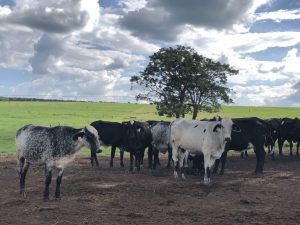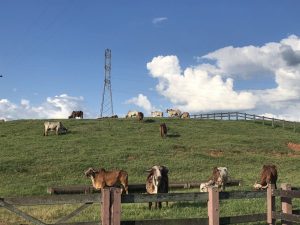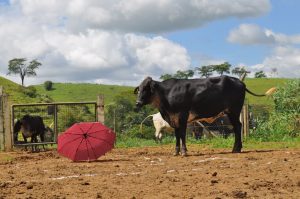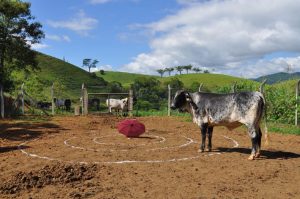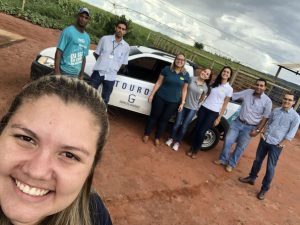How to get past the destructive Mountain Pine Beetle using genomics
Most of the presentation was spent discussing policy implications of the impact of the Mountain Pine Beetle, containment challenges faced in limiting its expansion and the potential to mitigate economic impact on a limited budget. As is being done in livestock, genomics can be used to investigate tree resistance to disease and pests. The result in this case was discovering how drought impacts gene expression in various species of trees, reducing their ability to fend off Mountain Pine Beetle attacks.
Similarly, newly-developed genomic signatures for various populations of Mountain Pine Beetles enabled experts to determine the geographic areas from which they were invading new territories. In turn, this allowed an improved risk assessment process to feed into forestry policy due to a better understanding of range expansion and spread dynamics.
The research on gene expression showed that degree of drought has a significant impact on a tree’s resistance or ability to repel a Pine Beetle attack. Combined with the latter work on genomic signatures, this led to policy development directing resource use towards activites that defend vulnerable forest areas in times of drought and target the reduction of beetle populations from where they are most likely to invade.
From there, the discussion shifted to tree improvement, pointing out that, as is the case with breed improvement in livestock, the three main areas of investigation are end-product quality, health and efficiency. This was more accurately summarized as wood and pulp characteristics, growth and yield, drought tolerance, nutrient use or efficiency, and pest and pathogen resistance. Just like cows!
Up next was an overview of the importance of an accurate and efficient system of forestry traceability. Industry-wide, half a billion seedlings are grown each year as part of Canadian reforestation efforts. This involves massive efforts in cone collection and seed extraction (among others) as part of the transplantation back into sensitive natural environments where an unintended species can have a significant impact on the environment and equally significant financial consequences for the corporation responsible for introducing them. Genomic traceability initiatives have already played a major role as a fail-safe means of determining that the intended genetics are delivered into the intended stands
In closing, the discussion turned to the future and how in forestry, as in medicine and agriculture, the promise is in the emergence of genomics-led precision initiatives as conservation tools as well as a means to advance high-value areas of the Canadian forestry industry … or better said, as a means to better the Canadian environment, outdoor experience and economy.

